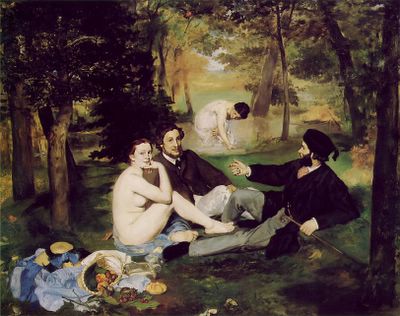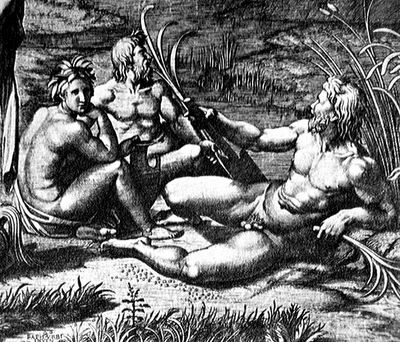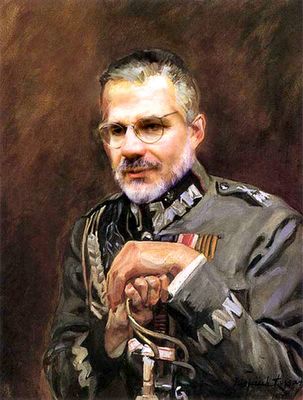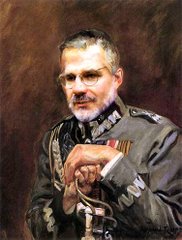
JW, Athabasca, 2004.
We may be briefly tricked into believing that the camera lens captures something real. Problem is, the reality is not necessarily the one we may think is portrayed. My philosophy, drawing heavily on the teachings of JW, is that nothing is as it seems. This wagon wheel hayloft scene may be a pastiche of popular clichés of the old west. Or is it the real JW, captured for posterity before the memory fades?
Maybe Ludwig Wittgenstein was right when he said that, like everything metaphysical, the harmony between thought and reality is to be found in the grammar of the language.
In our pictures, I think there are also patterns of grammar and vocabulary. The old west is one example, but there are countless others. I was fascinated by the following case.
Manet's picnic scene caused a scandal when it was first unveiled. It certainly would not have had a similar effect if all the subjects were clothed.

Edouard Manet. Le Déjeuner sur l'Herbe. 1863 (The Louvre)
In fact, the painting gained some legitimacy when its relationship to an earlier work by Raphael was discovered. It takes on a different meaning and reality as soon as we read it as classical vocabulary, although I'll be the first to admit that the juxtaposition of the nude with the two well-dressed young men is striking, and much more interesting than if all four subjects were nude.

Marcantonio Raimondi, after Raphael. The Judgement of Paris (detail). ca. 1520. Engraving.
It is also interesting to see that there is a connection that goes back further still, to this 3rd century Roman relief.

River Gods (detail of a Roman sarcophagus). 3rd Century A.D. Villa Medici, Rome.
Manet brought the river gods down to earth. JW is his own incarnation. I, however, am definitely not Józef Piłsudski. Best regards and take care.

Stary Marszałek

No comments:
Post a Comment